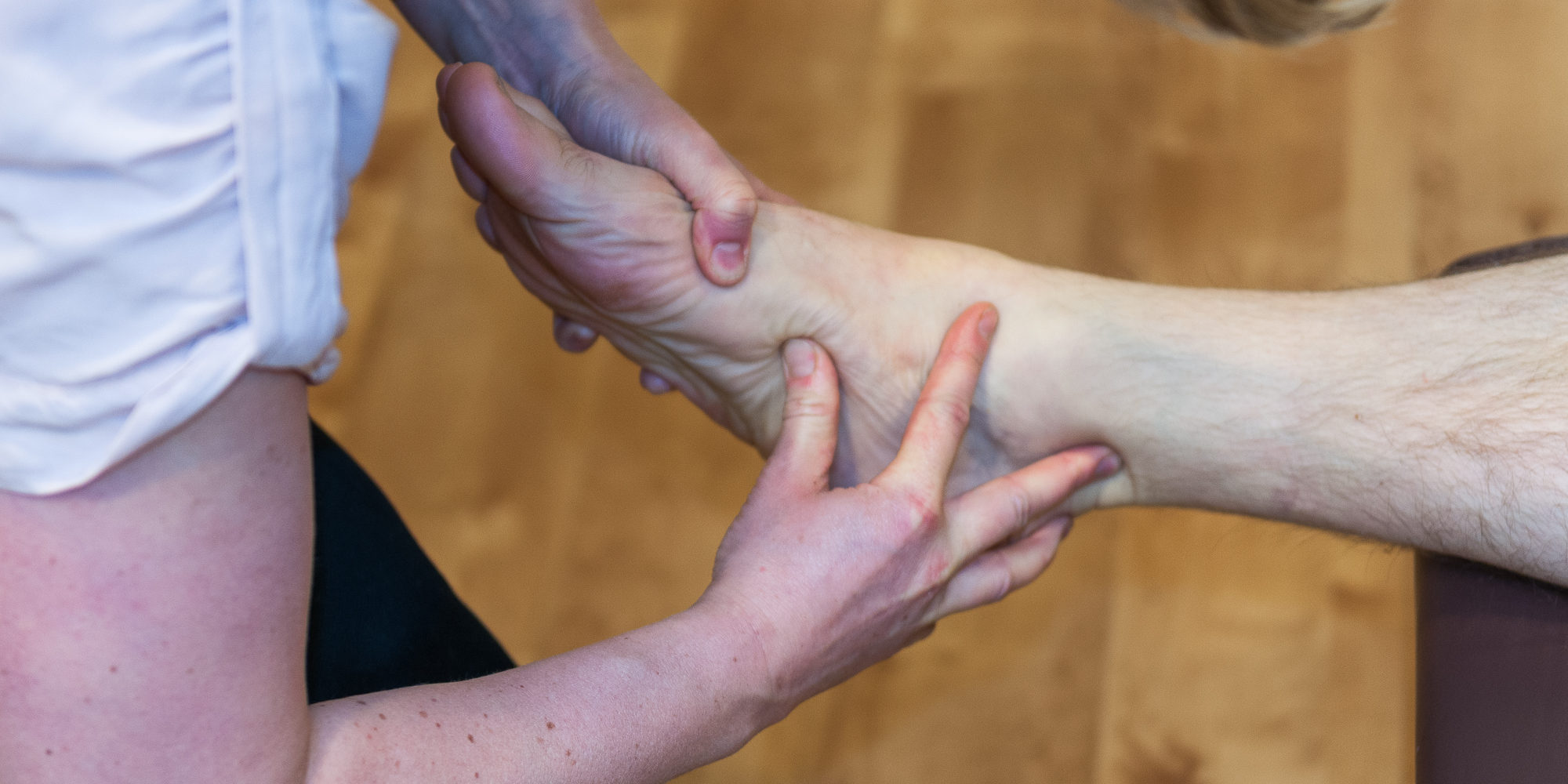The foot is an intricate structure containing 26 bones, 33 joints and over a 100 ligaments, muscles and tendons. In a pair of feet, there are 250,000 sweat glands and more nerve endings per square centimetre than any other part of the body; Leonardo da Vinci even invented an alarm clock that woke the sleeper gently by rubbing the feet.
According to the College of Podiatry, feet are getting bigger (up two shoe sizes since the 1970s). The average shoe size for men is 10 (up from size 8) and the average shoe size for women is size 6 (up from size 4). Footwear is the biggest cause of foot problems in the UK and 60% of people have one foot larger than the other. A survey undertaken on behalf of the College of Podiatry, found that people are nearly twice as likely to buy shoes too small (44%) as too big (24%). Remember, feet often spread as you get older or heavier and can also increase in size during pregnancy, so you might need to consider wearing a larger shoe size or one with a wider fitting.
Shoe size in Britain is measured in barleycorns, a unit of measurement that stretches back to Anglo-Saxon times. Based on the length of a grain of barley, there are three barleycorns to an inch, so each shoe size adds a third of an inch in length to a shoe. According to the Guinness Book of World Records, Jeison Orlando Rodriguez Hernandez, a Venezuelan has got the biggest feet of a living male. His right foot measures an incredible 40.1cm (1ft 3.79in) while his left measures 39.6cm (1ft 3.59in) so that’s how many barleycorns? The average person uses their feet to walk 150,000 miles in a lifetime (equivalent to walking around the world five times). Walking is one of the best exercises for your feet – it also contributes to your general health by improving circulation, contributing to weight control and promoting all-round well-being. Remember to wear supportive shoes, ideally with a strap or laces to hold the feet in place if you’re walking a lot.
Saint Margaret the Barefooted is the patron of brides, difficult marriages, victims of abuse and widows. Do remember however, that walking barefoot in communal areas at for example gyms and swimming pools increases the risk of picking up fungal infections and the viruses that cause verrucae. Barefoot walking should also be avoided at all times if you are diabetic, to reduce the potential for injury and the complications that can occur.
It has been estimated that between 75% and 80% of the adult population have some form of foot problem. Foot problems most commonly appear following decades of wear and tear, neglect and persevering with poorly fitting footwear. REMEMBER: It’s never too late to start taking care of your feet, book a consultation with Lynne or Laura at the C3 podiatry clinic in the heart of Rhiwbina for friendly, professional foot care and footwear advice and treatment.

